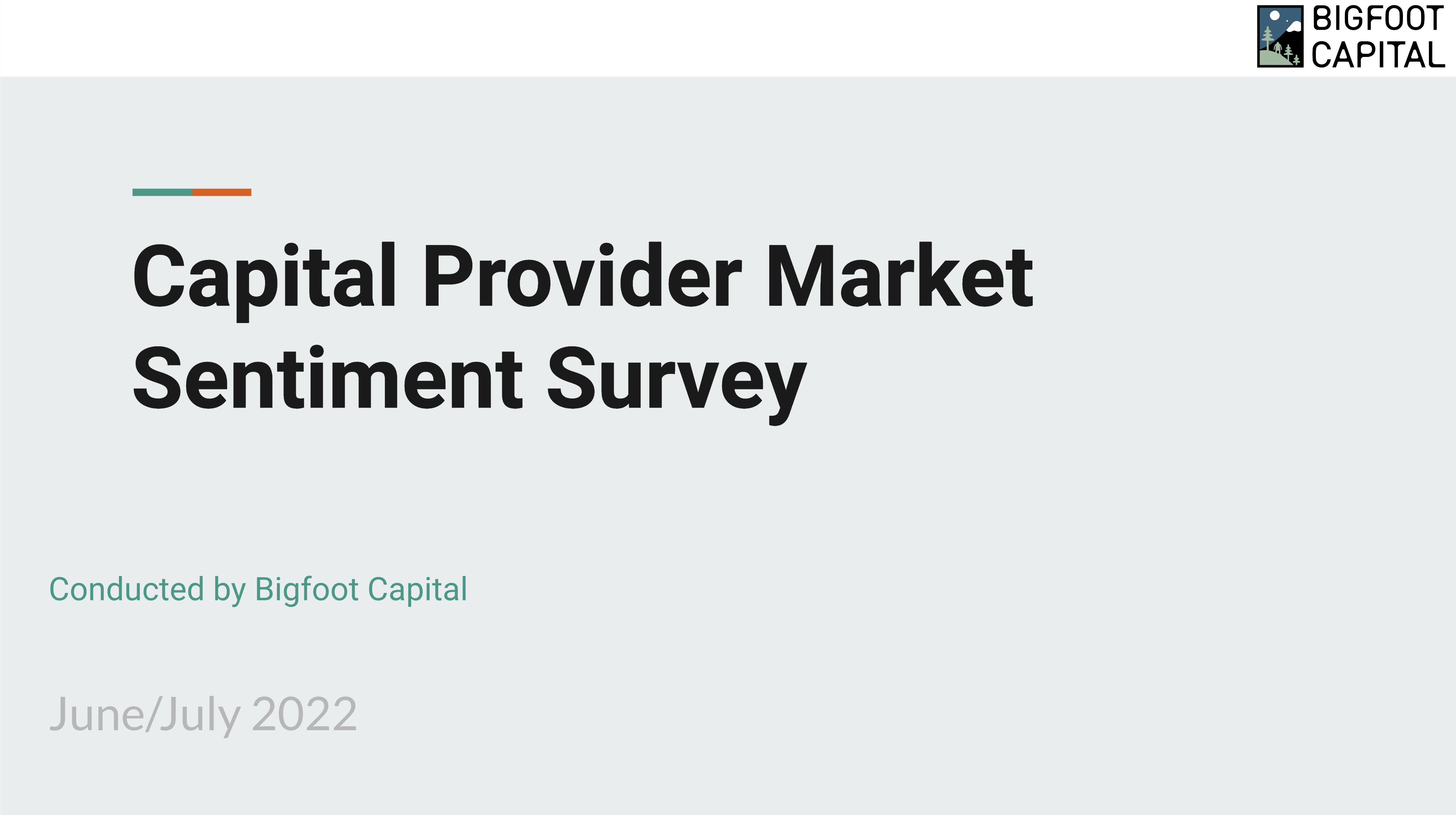
Hi! I’m Natalie Czyzowicz, Product Manager and proud wearer of a few different hats here at Bigfoot.
Since joining Bigfoot in 2019, I’ve been gathering articles relevant to SaaS which have served as a valuable internal resource base for our team’s ongoing efforts to keep getting smarter and evolving how we support Founders.
Given how much value we’ve gotten out of learning alongside others, we figured it was time to share these resources and our learnings more broadly to our ecosystem.
Going forward, I’ll be sharing articles we’ve found helpful along with our quick takes to surface some concepts you can consider deploying as you continue on your growth path.
So, let’s dive into my first recommended article:
6 Important Things Founders Get Wrong In Their Core Metrics
Jason Lemkin is of course a SaaS Maser. I found this article particularly beneficial in shedding light on how Founders master (and where they stumble) with SaaS metrics throughout their company lifecycle.
Key takeaways
1. “Ideally, cash should be 110% or more of MRR.”
This is SaaS, so if you are growing, your cash collections should at least exceed your MRR each month. If that’s not the case, you likely have an issue in the quality of your revenue and with your billings and collections processes, all of which can be of great detriment to maintaining financial health as you grow.
MRR is a core SaaS revenue metric and its measurement is important for many reasons. However, It’s a quasi accounting metric that does not align to the financial theme of “cash is king”.
That is, it doesn’t speak to cash coming into your company, which ultimately is the blood pumping through your veins of growth. Here’s a piece we wrote a couple years back stressing the paramount importance of collecting customer cash.
2. “There’s no churn that doesn’t count.”
Stop writing customer churn off as episodic or not meaningful. Just because you can always explain it away as not relevant or emblematic of some deeper issue, doesn’t mean you should.
You should always try to investigate what led to a lost customer. It doesn’t matter whether it was a small or a big customer, once with you for 5 years or 5 months. In order to prevent future churn, you need to understand what’s caused it previously.
3. “Your NPS is lower than you think.”
NPS is a great core customer KPI. It’s one that is often lost in the mix and not regularly tracked. It’s a bit of a subjective metric as well as a scary one to collect — what do our customers actually think of us? 
However, it is a direct conduit to your customers’ opinion of your product offerings and service/value delivery. So, it matters!
NPS should be tracked as a core, cross-functional metric used for discussion and improvement across Sales & marketing, Customer Success & Support and Product & Engineering.
It’s the one metric that all of these teams can play a role in improving. And, as you drive NPS up, you should see churn moving down. Happy customers are less likely to churn and more likely to be advocates who will refer you new customers. Doesn’t get much better than that!
See you soon with my next article and recap,
Natalie (+ a bit of Brian)








